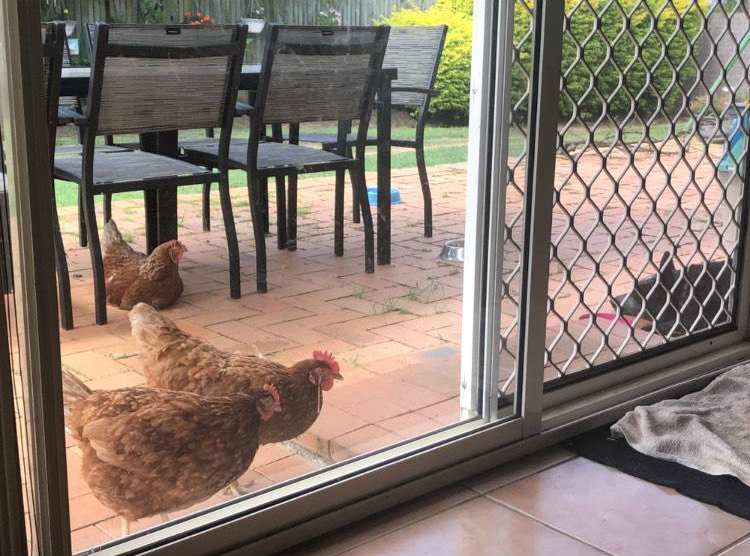Getting a new pet is one of the most exciting things a pet owner can do! The anticipation, the first meeting and finally bringing them home is magical. The last thing we want to do though is to upset our current pets or to accidentally infect the new or existing pet with disease from each other. It’s important to plan the process well.
Here are some tips on how to introduce a new pet into your household:
- Ensure your new pet appears healthy when you obtain them. Check for clear, bright eyes and ensure there is no discharge from their eyes, ears and nose. Make sure they are alert, active, eating and passing droppings
- Ideally bring your new pet directly to the vet for a health check before you take them home
- Your vet will discuss with you quarantine and disease testing that is appropriate for your new pet as this varies with species and your individual situation
- Never introduce your new pet to your existing pets immediately. They need to be quarantined. The length of quarantine varies depending on the type of pet. The longer the better. A minimum of two weeks is needed for birds, rats, mice and guinea pigs although this should be discussed with your vet as longer may be required. Reptiles need longer periods, 90 days for lizards and a minimum of 6 months for snakes
- It is important to remember that certain diseases such as psittacosis in birds, and sunshine virus + bornavirus in snakes can often be present WITHOUT showing any clinical signs. They cannot be ‘out quarantined’ as such, which is why certain disease testing is recommended during this quarantine period.

Quarantine is very important for chickens, as respiratory diseases are common.
- Your new pet should be quarantined in a separate room, with the door closed and preferably at the opposite end of the house to prevent any air borne disease spreading to the existing pets
- Separate food and water bowls, bedding and other implements should be used for the new pet
- Feed and clean your existing pets first, then the new ones.




